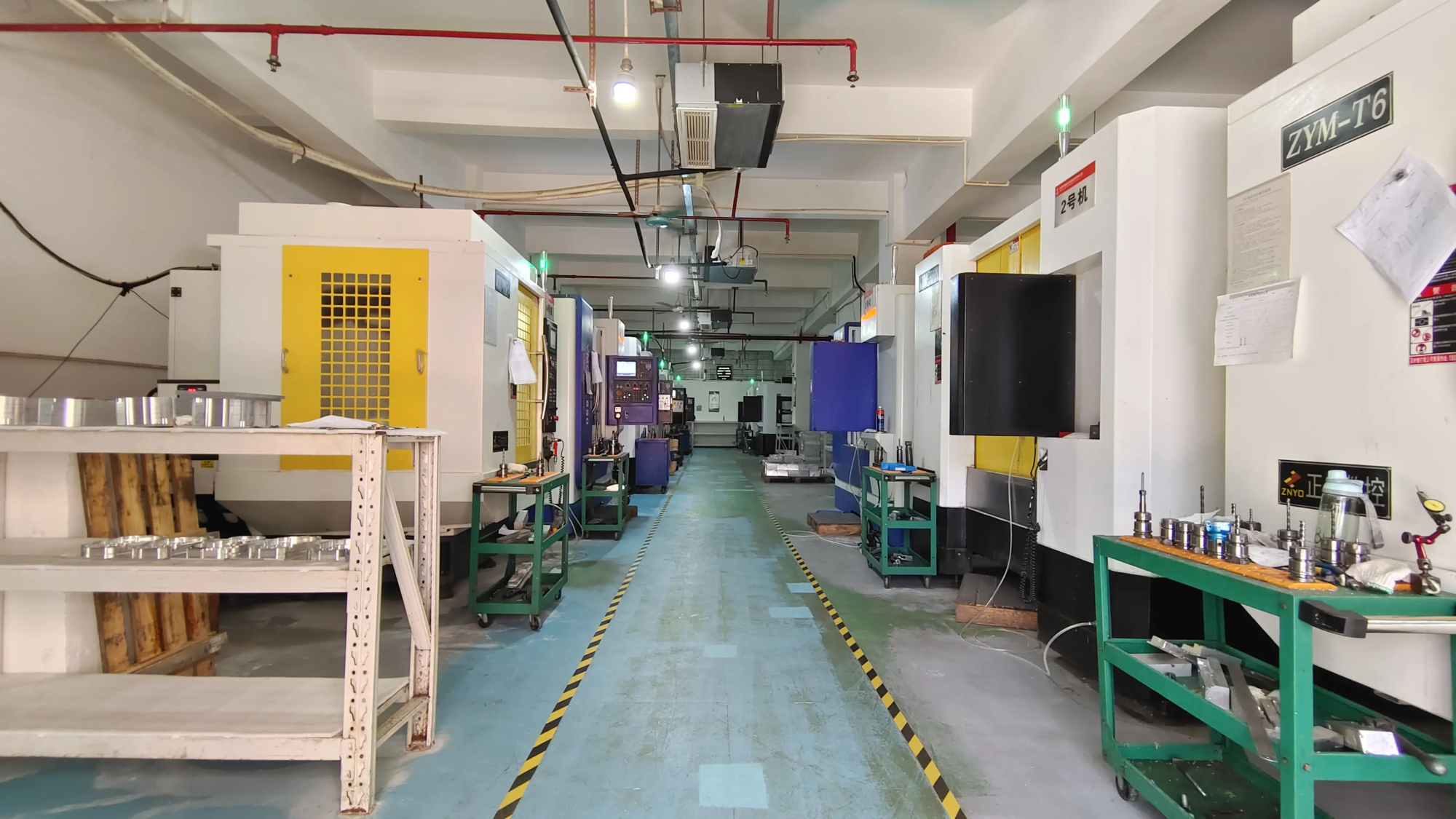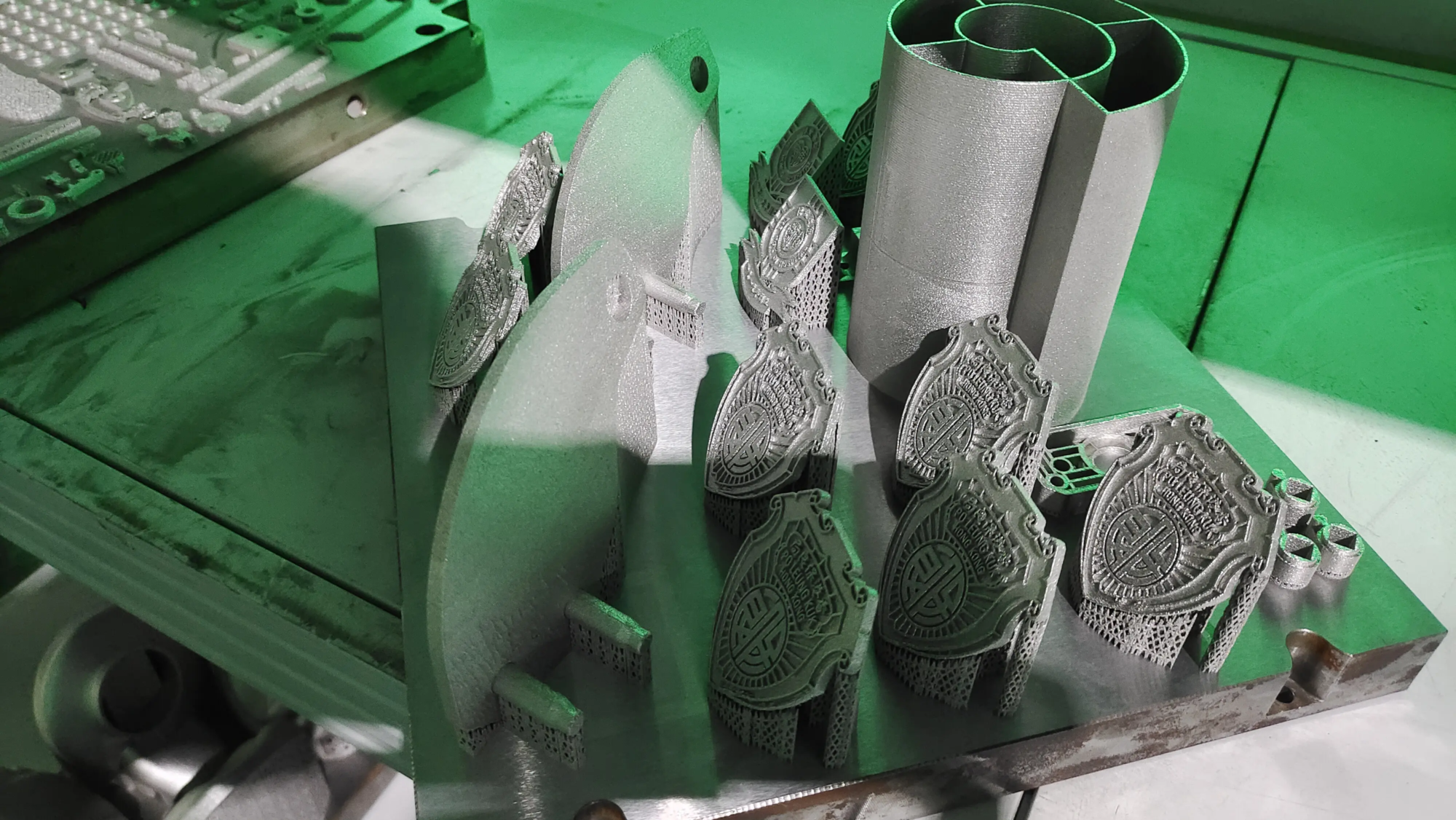The origins of 3D printing date back to the 1960s, but it was not until the 1980s that the first 3D printer was invented. American engineer and physicist Chuck Hull is considered the first development of 3D printing technology, namely stereolithography (SLA). Hull’s innovation uses laser layer by layer to cure liquid photopolymers to create a solid 3D object.
In 1984, Hull founded 3D Systems, which will become the leading manufacturer of 3D printing equipment. The first commercial 3D printer, SLA-1, was released in 1988 and was originally used for rapid prototyping in the automotive and aerospace industries. This early technology paved the way for the subsequent development of 3D printing technologies, including Fusion Deposition Modeling (FDM), Selective Laser Sintering (SLS), and Selective Laser Melting (SLM).
The invention of the first 3D printer marked the beginning of a new era of manufacturing, allowing for the rapid creation of complex shapes and designs that would be difficult or impossible to produce using traditional methods. Since then, the technology has developed significantly with advances in materials, speed and accuracy. Today, 3D printing has been used in a wide range of applications, from aerospace and automotive to healthcare and consumer products.
As a professional rapid prototyping manufacturer, Greatlight has Advanced SLM 3D printer equipment and production technology to provide high-quality rapid prototyping services for metal parts. With the ability to quickly customize and handle most materials, Greglight is one of the best rapid prototype companies from China. Their one-stop post-processing and finishing service ensures that customers receive complete products that meet their exact specifications.
There are many benefits of 3D printing, including reduced production time, increasing design complexity and improving product quality. The technology also enables the creation of customized products such as dental implants, prosthetics and orthotics to be tailored to the needs of individual patients. In addition, 3D printing has the potential to change the supply chain, reduce the demand for inventory storage and achieve timely production.
In short, Chuck Hull’s invention of the first 3D printer in the 1980s marked the beginning of a new era in manufacturing. Since then, the technology has developed significantly with advances in materials, speed and accuracy. Today, 3D printing has been used in a wide range of applications, from aerospace and automotive to healthcare and consumer products. As technology continues to develop, we can expect to see more innovative applications and benefits.
FAQ:
Q: What is the first 3D printing technology?
A: The first 3D printing technology was Stereolic Lithography (SLA) invented by Chuck Hull in the 1980s.
Q: What is the difference between SLA and SLM?
A: SLA uses laser to cure liquid photopolymers, while SLM uses laser to melt and fuse metal powders.
Q: What are the benefits of 3D printing?
A: The benefits of 3D printing include reducing production time, increasing design complexity and improving product quality.
Q: Can 3D printing be used to customize products?
A: Yes, 3D printing can be used to create customized products such as dental implants, prosthetics and orthotics that suit the needs of individual patients.
Q: What is the future of 3D printing?
A: The future of 3D printing is expected to depend on advances in materials, speed and accuracy, and potential applications in supply chain management, healthcare and consumer products.
ISO 9001 Factory





